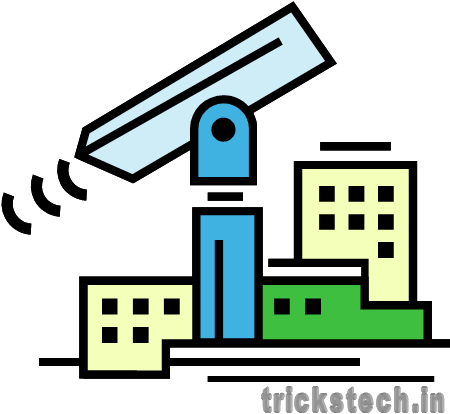Keeping cities secure from the threats of crime, terrorism and natural disaster is a serious job. To deliver a safe city means focusing on ways to extend the reach of law enforcement, to effectively coordinate responses between multiple security agencies, and to centralize data and information flow to give the clearest picture of a situation. At the heart of this lies the command and control center, managing the eyes and ears of law enforcement, tracking call flow through emergency call centers and more.
 Secure City Surveillance Systems
Secure City Surveillance Systems
Technology has progressed over the recent years and there's much more to be offered to your citizens and law enforcement bodies than CCTV. A well chosen strategy will examine all the options for sophisticated and effective surveillance. These may include panic buttons, bi-directional audio monitoring equipment, environmental and pollution warning systems, gun-shot detectors and much more. These systems should have multiple levels of redundant backups for communicating information including wireless and cellular networks, WAN-LAN, fiber optic cable etc.
Secure City Emergency Call Centers
The call center that handles information flow should be state of the art. It needs to be capable of handling all the latest telephony technology such as VoIP and panic button responses. It should also deliver software based solutions to operators that script and guide calls as necessary.
Secure Cities – The Dispatcher
Combining digital mapping and GIS technologies gives your dispatchers the chance to view an overall picture of the city at any point in time. This enables them to combine the overview with real-time data from your emergency services to make the most effective use of your response teams and resources.
Secure Cities – Multiple Security Force Coordination
A strong command and control system for your safe city will enable the easy coordination of multiple security services in the event of an emergency. This coordination can save lives. Following 9/11 it was clear that if emergency services had been better able to understand the entire picture there would have been fewer casualties. A joined up approach where all security information flows through a single point, with highly secure communications (in the event civilian networks fail) can deliver maximum benefits to the population in an emergency.

Technology has progressed over the recent years and there's much more to be offered to your citizens and law enforcement bodies than CCTV. A well chosen strategy will examine all the options for sophisticated and effective surveillance. These may include panic buttons, bi-directional audio monitoring equipment, environmental and pollution warning systems, gun-shot detectors and much more. These systems should have multiple levels of redundant backups for communicating information including wireless and cellular networks, WAN-LAN, fiber optic cable etc.
Secure City Emergency Call Centers
The call center that handles information flow should be state of the art. It needs to be capable of handling all the latest telephony technology such as VoIP and panic button responses. It should also deliver software based solutions to operators that script and guide calls as necessary.
Secure Cities – The Dispatcher
Combining digital mapping and GIS technologies gives your dispatchers the chance to view an overall picture of the city at any point in time. This enables them to combine the overview with real-time data from your emergency services to make the most effective use of your response teams and resources.
Secure Cities – Multiple Security Force Coordination
A strong command and control system for your safe city will enable the easy coordination of multiple security services in the event of an emergency. This coordination can save lives. Following 9/11 it was clear that if emergency services had been better able to understand the entire picture there would have been fewer casualties. A joined up approach where all security information flows through a single point, with highly secure communications (in the event civilian networks fail) can deliver maximum benefits to the population in an emergency.

No comments:
Post a Comment